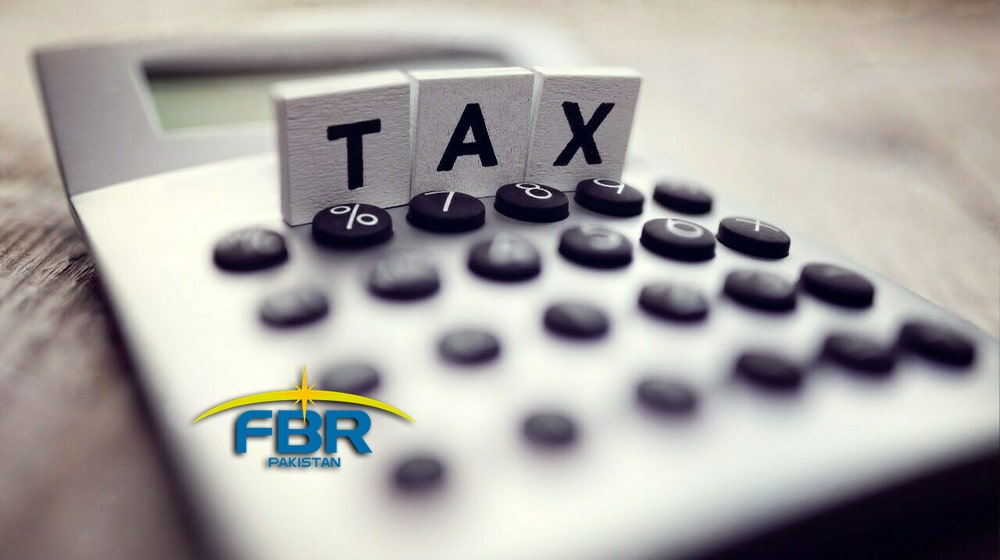PTBP Web Desk
The newly formed constitutional bench of the Supreme Court decided to implement color coding of cases as a first step for their transfer to the newly established bench. The decision aims to streamline the process of case hearings, particularly focusing on petitions under Article 184(1), 184(3), and 186, which include critical human rights cases.
The meeting was chaired by Justice Aminuddin Khan, who was appointed as the head of the constitutional bench by the Judicial Commission of Pakistan (JCP) on November 5. The meeting was convened to discuss the strategies for the rapid functioning of the bench, which is now tasked with handling complex constitutional matters. The discussions involved a review of the current practices in the processing of constitutional petitions, as well as proposing future strategies to enhance efficiency.
During the meeting, Justice Khan was briefed about the backlog of cases pending under various constitutional articles, including petitions related to human rights issues, which have seen delays in processing. The meeting discussed a number of reforms to accelerate the processing of these cases, including a proposal for color coding.
Color coding will help categorize cases by their urgency and importance, enabling a more organized and efficient system for transferring cases to the new constitutional bench. Senior research officer Mazhar Ali Khan was assigned the task of scrutinizing the cases arising out of Article 199 of the Constitution, which deals with the jurisdiction of high courts in issuing writs and directions.
The participants of the meeting agreed that color coding would play a vital role in expediting the hearings of cases by providing a clear visual classification of the pending cases, making it easier for the constitutional bench to prioritize and address them systematically. This approach is expected to enhance the overall efficiency and productivity of the bench.
The meeting also addressed the importance of future planning regarding the listing of cases and the formation of additional constitutional benches, should the need arise. The head of the bench, Justice Khan, will have the authority to decide on these matters in consultation with the two most senior judges of the constitutional bench. This structure ensures that decisions regarding the scheduling of cases, the formation of further benches, and the number of cases to be heard each week are made with input from the senior judiciary.
The minutes from the meeting outlined that, as per Article 191A, Clause (4) of the Constitution, a committee consisting of the most senior judge of the constitutional bench, along with the next two senior-most judges, will be responsible for the formation of benches consisting of no fewer than five judges. This will be done to address constitutional matters, ensuring that the cases are heard with the full bench of judges, as stipulated by the Constitution.
The meeting also noted that one of the committee members was currently out of the country. Therefore, the next meeting of the three-member committee will be scheduled once all members are present. This delay in scheduling will not affect the planned operation of the constitutional bench, as the necessary procedural work continues in the interim.
Justice Aminuddin Khan, along with the other members of the bench, has been tasked with overseeing the efficient handling of a wide range of cases, including those relating to constitutional interpretation, human rights, and other significant legal matters. The bench, which has been formed for an initial period of 60 days, will be instrumental in addressing pressing legal issues in Pakistan, ensuring that cases are resolved promptly and in line with constitutional requirements.
The newly formed constitutional bench includes several distinguished members of the judiciary, including Justices Ayesha Malik, Naeem Akhtar Afghan, Athar Minallah, Hassan Azhar Rizvi, Musarrat Hilali, and Jamal Khan Mandokhail. These judges bring a wealth of experience and expertise to the bench, ensuring that constitutional matters will be handled with the utmost attention to detail and fairness.
The formation of this new constitutional bench is seen as a significant step towards improving the efficiency of the Supreme Court of Pakistan. By implementing color coding and other procedural reforms, the judiciary aims to tackle the growing backlog of constitutional cases, particularly those involving human rights violations and other critical issues.




